- 2 402 202 книги
- Поиск
libcats.org
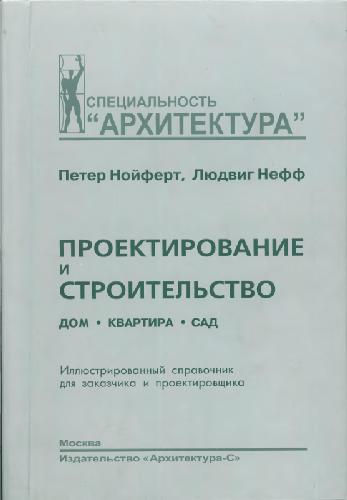

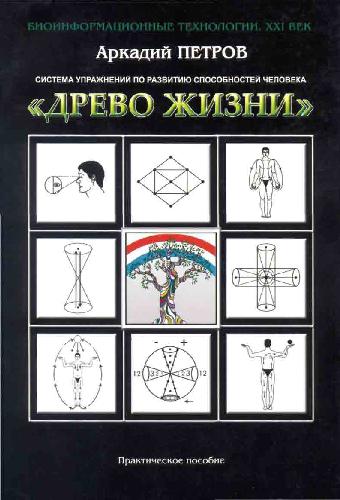


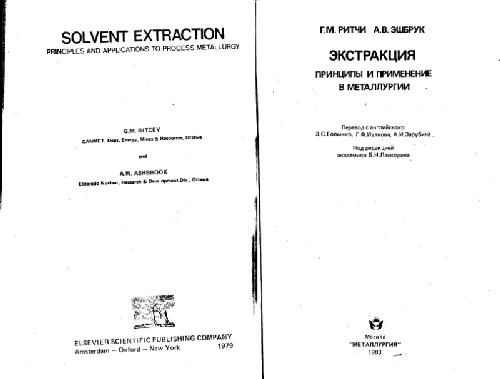
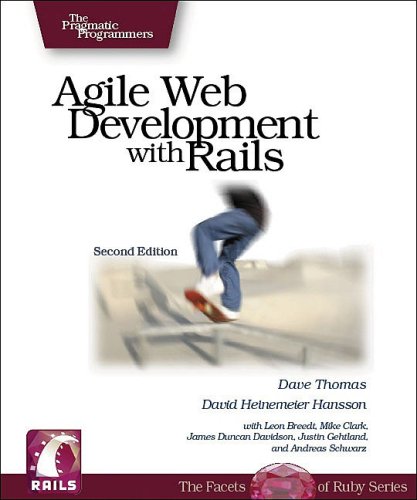
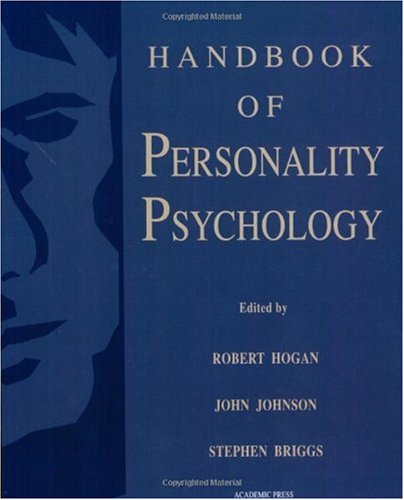
Mastering the Najdorf
Julen Arizmendi, Javier MorenoA brilliant book, co-authored by two grandmasters Julen Arizmendi and Javier Moreno - the back cover says Julen Arizmendi is an IM, but he became a GM soon after the book was published in 2004.
Julen visited the Howick-Pakuranga Chess Club in Auckland, New Zealand in early 2006 and gave us a session on the Slav Defence. Julen was very clear and logical. His best advice was to make "sensible moves" (to build on your advantage). That is the same approach in this book. They give good clear, logical advice and make sensible choices of lines.
I only found two errors. Page 120, when it refers to Topalov as Black instead of Kasparov. But then I didn't even know how to spell Topalov and had to ask Julen, as I had only returned to playing this year after a rest of 22 years! So what's the difference between two greats? Page 159 24...Qf2 should be 24...Qf7 in game 36.
There is no Games Index, or the ECO classifications that I found handy in Lev Psakhis' books on the French Defence. I have the set of four, and they are similar in layout to Mastering the Najdorf. The latter has a more comprehensive write up at the beginning of each chapter, explaining why they recommend a certain line. All these books provide the full games to the main lines, which is so important. How often have you been frustrated by an openings book which concludes a line with "unclear" and leaves you wondering what happened and who won? Does that instil confidence in you to play the line? Why a Games Index? Well, I wouldn't want a book like Understanding the Kings Indian where Golubev uses his own games in the main lines. I want to know that some world class rated player plays a particular line, as that gives me more confidence. Not that Golubev isn't but I think you get the message. The authors have used games from big names like Anand, Byrne, Topalov, Shirov, and Kasparov. In fact of the 52 main line games the authors have only used three of their own games, which says something about their humbleness and about other egotistic authors.
This is a repertoire book for Black. It is not a complete book on the Najdorf. You just can't fit all of the Najdorf in 224 pages. So the authors have recommended one line for each of White's major responses. If you play the Najdorf their choices will probably suit your style - solid lines but allowing you as Black to unbalance the position and provide chances for an aggressive player. Otherwise you probably shouldn't be playing the Najdorf!
The Classical 6 Be2 has 39 pages, an indication of its theoretical significance. The recommended and proven response here is 6...e5. The positional 6 g3 has 20 pages, probably a major work in this under investigated and "strategically complex" line. The recommended response here is also 6...e5. The 6 f4 line has 16 pages, with 6...e5 as the recommended response. The English Attack 6 Be3 and 7 f3 has 50 pages, a clear indication that it has taken over as the main line and as the only try for an advantage for White in the Najdorf. The recommended response here is also 6...e5. It does not mention 6...Ng4 which suits me as I think it is totally unsound - a bit like "here I am, hit me". When I found the English Attack by de Firmian and Fedorowicz published 2004 I was in shock, as I could not believe that a whole new opening had been invented whilst I was in hibernation - doing my MBA. Anyway, that book has 22 pages on the 6...Ng4 line, for those who insist on playing it. The Old Main Line 6 Bg5 has 38 pages, and recommends 7...Qc7 as the best un-refuted line after 1 e4 c5 2 Nf3 d6 3 d4 cxd4 4 Nxd4 Nf6 5 Nc3 a6 6 Bg5 e6 7 f4. It covers almost all of Whites replies. But it does not cover 8 Qd2, that was played against me in my latest game. It can transpose to a line that was given with 8 Bxf6 gxf6 9 Qd2 but that exchange didn't happen as I replied 8...Be7. One noticeable line that was absent was the Poisoned Pawn Variation 7...Qb6, but then this is a repertoire book, and it advocates sensible lines and ideas, rather than the long analysis that you have to memorise in the ultra sharp PPV, which is only for the masochist. For those PPV masochists Nunn and Stean have an excellent Siclian Defence: Najdorf Variation book with five chapters covering the PPV on 51 pages. It is a bit dated, published 1982 but still good for club level. But I thought 7...Be7 should have been included in this chapter, for transpositions or even if only to provide a choice. Some players can't get their heads around to accepting the doubled pawns after 8 Bxf6 gxf6. The logical answer they give is that 7...Qc7 (and 7...Nbd7) covers the e5 square. The Fischer Attack 6 Bc4 (formerly called the King's Bishop Variation but Fischer definitely deserves this recognition) has 31 pages, advocating the idea of chasing White's light-squared Bishop with 6...e6 7 Bb3 Nbd7 8 f4 Nc5. Again very logical, and protects the e6 square at the same time. Chapter 7 is on 6 a4 with 5 pages, and Chapter 8 has White's 6th move alternatives with 11 pages.
No, I didn't choose this book because Julen visited our club, I chose it because I wanted to play the Najdorf again as I wasn't getting good positions with the Taimanov. But having heard Julen was a definite bonus. I am rated 1893, and the book is written for the 1500-2300 player. I recommend you know something about the Najdorf first, but it is not absolutely necessary as the authors teach you the ideas behind the chosen lines. Buy it!! It will be the most frequently used chess book you will most likely ever own.
Julen visited the Howick-Pakuranga Chess Club in Auckland, New Zealand in early 2006 and gave us a session on the Slav Defence. Julen was very clear and logical. His best advice was to make "sensible moves" (to build on your advantage). That is the same approach in this book. They give good clear, logical advice and make sensible choices of lines.
I only found two errors. Page 120, when it refers to Topalov as Black instead of Kasparov. But then I didn't even know how to spell Topalov and had to ask Julen, as I had only returned to playing this year after a rest of 22 years! So what's the difference between two greats? Page 159 24...Qf2 should be 24...Qf7 in game 36.
There is no Games Index, or the ECO classifications that I found handy in Lev Psakhis' books on the French Defence. I have the set of four, and they are similar in layout to Mastering the Najdorf. The latter has a more comprehensive write up at the beginning of each chapter, explaining why they recommend a certain line. All these books provide the full games to the main lines, which is so important. How often have you been frustrated by an openings book which concludes a line with "unclear" and leaves you wondering what happened and who won? Does that instil confidence in you to play the line? Why a Games Index? Well, I wouldn't want a book like Understanding the Kings Indian where Golubev uses his own games in the main lines. I want to know that some world class rated player plays a particular line, as that gives me more confidence. Not that Golubev isn't but I think you get the message. The authors have used games from big names like Anand, Byrne, Topalov, Shirov, and Kasparov. In fact of the 52 main line games the authors have only used three of their own games, which says something about their humbleness and about other egotistic authors.
This is a repertoire book for Black. It is not a complete book on the Najdorf. You just can't fit all of the Najdorf in 224 pages. So the authors have recommended one line for each of White's major responses. If you play the Najdorf their choices will probably suit your style - solid lines but allowing you as Black to unbalance the position and provide chances for an aggressive player. Otherwise you probably shouldn't be playing the Najdorf!
The Classical 6 Be2 has 39 pages, an indication of its theoretical significance. The recommended and proven response here is 6...e5. The positional 6 g3 has 20 pages, probably a major work in this under investigated and "strategically complex" line. The recommended response here is also 6...e5. The 6 f4 line has 16 pages, with 6...e5 as the recommended response. The English Attack 6 Be3 and 7 f3 has 50 pages, a clear indication that it has taken over as the main line and as the only try for an advantage for White in the Najdorf. The recommended response here is also 6...e5. It does not mention 6...Ng4 which suits me as I think it is totally unsound - a bit like "here I am, hit me". When I found the English Attack by de Firmian and Fedorowicz published 2004 I was in shock, as I could not believe that a whole new opening had been invented whilst I was in hibernation - doing my MBA. Anyway, that book has 22 pages on the 6...Ng4 line, for those who insist on playing it. The Old Main Line 6 Bg5 has 38 pages, and recommends 7...Qc7 as the best un-refuted line after 1 e4 c5 2 Nf3 d6 3 d4 cxd4 4 Nxd4 Nf6 5 Nc3 a6 6 Bg5 e6 7 f4. It covers almost all of Whites replies. But it does not cover 8 Qd2, that was played against me in my latest game. It can transpose to a line that was given with 8 Bxf6 gxf6 9 Qd2 but that exchange didn't happen as I replied 8...Be7. One noticeable line that was absent was the Poisoned Pawn Variation 7...Qb6, but then this is a repertoire book, and it advocates sensible lines and ideas, rather than the long analysis that you have to memorise in the ultra sharp PPV, which is only for the masochist. For those PPV masochists Nunn and Stean have an excellent Siclian Defence: Najdorf Variation book with five chapters covering the PPV on 51 pages. It is a bit dated, published 1982 but still good for club level. But I thought 7...Be7 should have been included in this chapter, for transpositions or even if only to provide a choice. Some players can't get their heads around to accepting the doubled pawns after 8 Bxf6 gxf6. The logical answer they give is that 7...Qc7 (and 7...Nbd7) covers the e5 square. The Fischer Attack 6 Bc4 (formerly called the King's Bishop Variation but Fischer definitely deserves this recognition) has 31 pages, advocating the idea of chasing White's light-squared Bishop with 6...e6 7 Bb3 Nbd7 8 f4 Nc5. Again very logical, and protects the e6 square at the same time. Chapter 7 is on 6 a4 with 5 pages, and Chapter 8 has White's 6th move alternatives with 11 pages.
No, I didn't choose this book because Julen visited our club, I chose it because I wanted to play the Najdorf again as I wasn't getting good positions with the Taimanov. But having heard Julen was a definite bonus. I am rated 1893, and the book is written for the 1500-2300 player. I recommend you know something about the Najdorf first, but it is not absolutely necessary as the authors teach you the ideas behind the chosen lines. Buy it!! It will be the most frequently used chess book you will most likely ever own.
Популярные книги за неделю:

Проектирование и строительство. Дом, квартира, сад
Автор: Петер Нойферт, Автор: Людвиг Нефф
Размер книги: 20.83 Mb

Тестирование Дот Ком, или Пособие по жестокому обращению с багами в интернет-стартапах
Автор: Роман Савин
Размер книги: 5.26 Mb

Система упражнений по развитию способностей человека (Практическое пособие)
Автор: Петров Аркадий НаумовичКатегория: Путь к себе
Размер книги: 818 Kb

Сотворение мира (3-х томник)
Автор: Петров Аркадий НаумовичКатегория: Путь к себе
Размер книги: 817 Kb

Радиолюбительские схемы на ИС типа 555
Автор: Трейстер Р.Категория: Электротехника и связь
Размер книги: 13.64 Mb
Только что пользователи скачали эти книги:

Экстракция: Принципы и применение в металлургии. (Solvent extraction: Principles and applications to process metallurgy, 1979)
Автор: Авторы: Г.М.Ритчи, Автор: А.В.Эшбрук. Перевод с английского З.С.Голынко, Автор: Г.Ф.Иванова, Автор: А.И.Зарубина. Под редакцией академика Б.Н.Ласкорина.
Размер книги: 4.33 Mb

Agile Web Development with Rails
Автор: Dave Thomas, Автор: David Hansson, Автор: Leon Breedt, Автор: Mike Clark, Автор: James Duncan Davidson, Автор: Justin Gehtland, Автор: Andreas Schwarz
Размер книги: 7.40 Mb

Handbook of Personality Psychology
Автор: Robert Hogan, Автор: John Johnson, Автор: Stephen BriggsКатегория: Психология
Размер книги: 58.33 Mb


